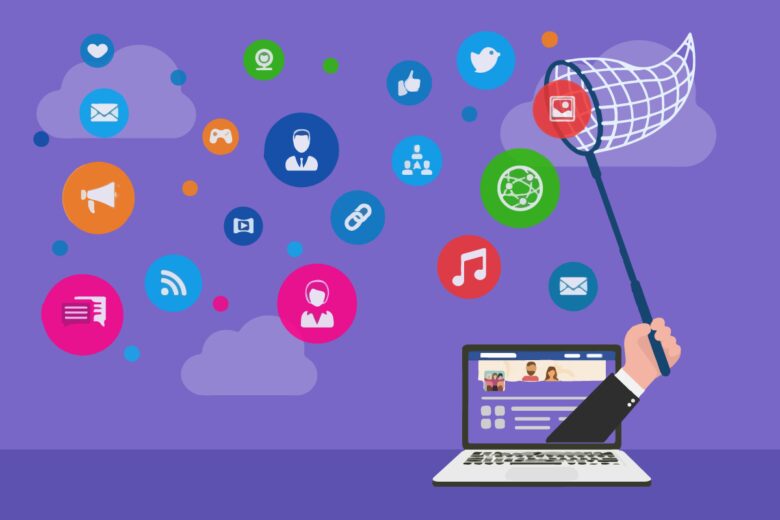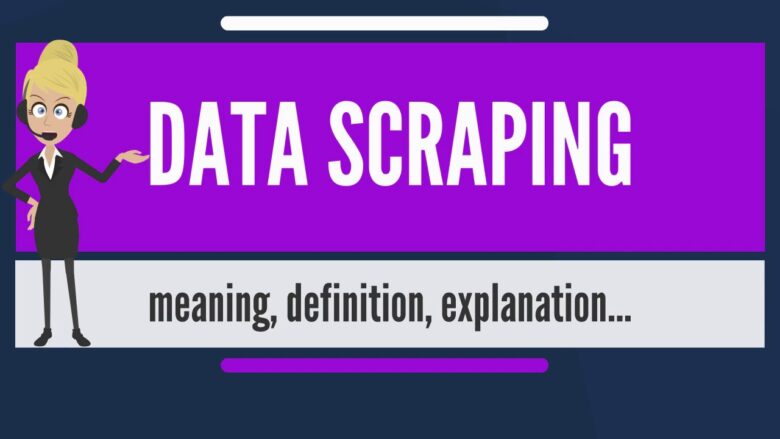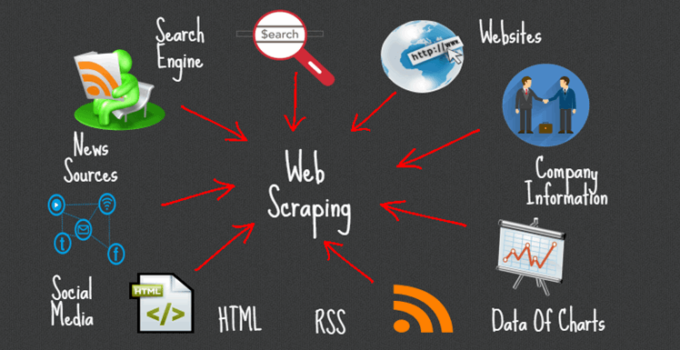In today’s eCommerce world, eCommerce data scraping tools grow a great deal of popularity over the world because the competition among eCommerce business owners is getting heavier year by year, and more and more online store owners are seeking new techniques and tools to improve their sales.
A lot of store owners find using an eCommerce data scraping tool to monitor competitors’ activities and customers’ behaviors can help them maintain their competitiveness and improve sales. If you haven’t known how to best use eCommerce data scraping tools yet, there are 3 most practical uses of them for you to grow your business.
3 Practical Uses of E-commerce Data Scraping Tools

Source: medium.com
1) Price Monitoring
Price monitoring is one of the most critical aspects that affect customers’ buying interest. 87% of online shoppers indicate that price is the most important purchase factor, followed by shipping cost and speed. That research suggests a potential customer won’t hesitate to leave your store if your price doesn’t match their expectation.
In addition, according to a study from AYTM, 78 percent of shoppers compare prices between two or more brands, then opt for the lowest price. With easy access to many free online price comparison tools, online shoppers can easily see the price of a specific item across dozens of companies and websites.
Experts from wintr.com tell us that tt is necessary for online business owners to have an eCommerce data scraping tool to scrape price information from competitors and price comparison Apps. If not, it’s likely that you will have a hard time attracting new customers to your store, because you don’t know when and how to adjust your price to cater to those price-sensitive customers.
2) Competitor Analysis
We’re aware that improving the shipping service is another solution to increase sales. 56% online sellers offer free shipping (and frequently returns) automatically, no matter what the purchase price or the product.
Lots of online sellers use free shipping as a marketing strategy to nudge people to buy from them or even buy more from them. For example, it’s quite common that customers are more willing to spend $100 on a product with free shipping rather than buy a $90 product that takes $10 for the shipping. Besides, we can see many other examples of buying more items for reaching a free shipping offer in our daily life.
You can use an eCommerce data scraping tool to find out how many of your competitors are offering a free shipping service. As the tool can easily scrape and collect the data in real-time. In this case, if they don’t provide a free shipping service, you can attract their customers by offering it.
3) Customer Sentiment Analysis
Knowing how your competitors’ audiences feel about the products or brands provides you with the necessary context to evaluate your marketing and communication strategy. There are no other tools that can help you gain such information except for eCommerce data scraping tools.
The customer sentiment that you gather from your competitors will help you understand the insights why your contestants’ customers leave them. With comments and interactions scraped from your competitors’ stores and social media, you will know what customers want from products – which features the customers miss, what the customers like and dislike.
To outcompete your competitors, it is your job to spot all those remarks, draw conclusions, adjust your marketing strategy, and, ultimately, your product.
With the above introduction to 3 common uses of eCommerce data scraping tools, you are probably wondering what some popular tools are. Here, I’ve compiled a shortlist of the most popular eCommerce data scraping tools. Feel free to try them out.
3 Popular E-commerce Data Scraping Tools

Source: datafloq.com
1) Octoparse
Octoparse is a free and powerful eCommerce data scraping tool with a user-friendly point-and-click interface. Both Windows and Mac users will find it easy-to-use for extracting almost all kinds of data you need from a website. With its brand new auto-detect algorithm, users with/without coding knowledge are able to extract tons of data within seconds.
Pros: Octoparse provides over 50 pre-built web scraping templates for all users, covering big websites such as Amazon, Facebook, Twitter, Instagram, Walmart, etc. All you need to do is to enter the keywords and URL, then wait for the data result. In addition, it provides a free version for all people. For premium users, they can use features such as crawler scheduling and cloud extraction to make the process less time-consuming.
Cons: Octoparse isn’t able to scrape data from PDF files. It doesn’t have a download feature as well but it allows you to extract the URLs of images, PDFs and other types of files. You can use other software to down these files in bulk with the URL scraped by Octoparse.
2) Parsehub
ParseHub works with single-page apps, multi-page apps and other modern web technology. ParseHub can handle Javascript, AJAX, cookies, sessions, and redirects. You can easily fill in forms, loop through dropdowns, login to websites, click on interactive maps and deal with websites that apply infinite scrolling techniques.
Pros: Parsehub also supports Windows and Mac OS systems. It provides a free version for people with eCommerce data scraping needs.
Cons: The free version is quite limited with only 5 projects and 200 pages per run. It didn’t support documentation extraction. And some advanced functions are tricky sometimes.
3) 80legs
80legs is a web data extraction tool that allows users to create and run web crawls through its software as a service platform. It’s built on top of a distributed grid computing network. This grid consists of approximately 50,000 individual computers distributed across the world and uses bandwidth monitoring technology to prevent bandwidth cap overages.
Pros: 80legs is more suitable for small companies and individuals. It offers unique service plans so that customers pay only for what they crawl.
Cons: 80legs is not able to help to get a huge amount of data, you must choose between custom set crawled data, pre-built API, and crawl application to be developed.
Conclusion

Source: youtube.com
Now you know how to use eCommerce data scraping tools to help you grow your business and what some of the best options are. What insights you can gain from the data is another story. To spot opportunities, you’ll also need to possess the ability to do data analysis and visualize the data. Otherwise, the data is just a pile of cold figures, no value to your business. You can try the simple analysis methods mentioned in this article to get to know your users through data analysis.




